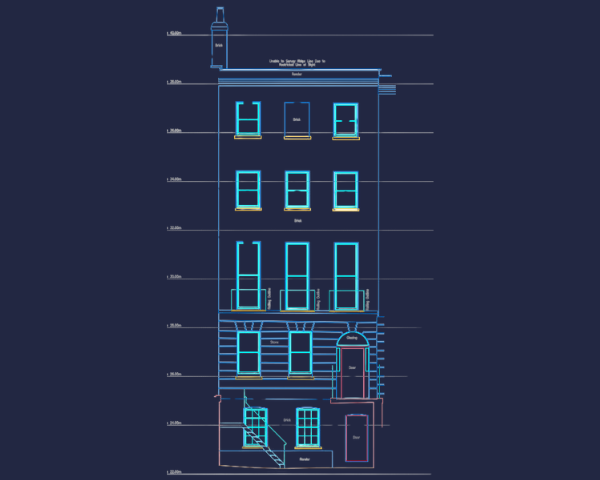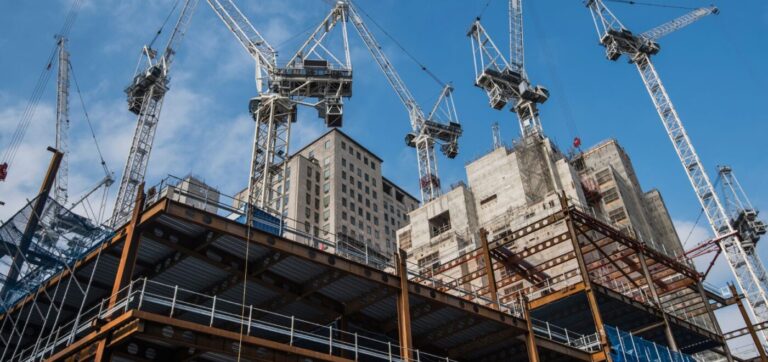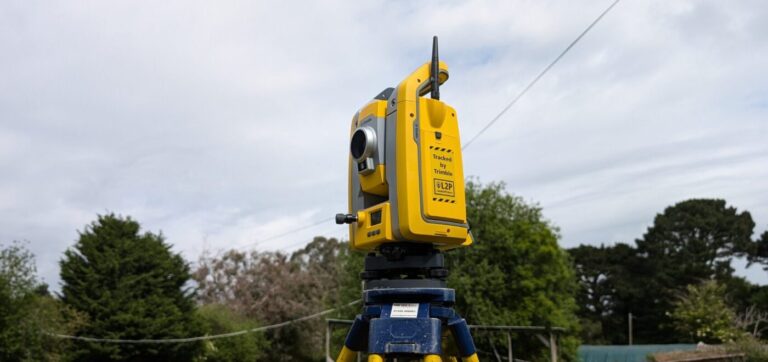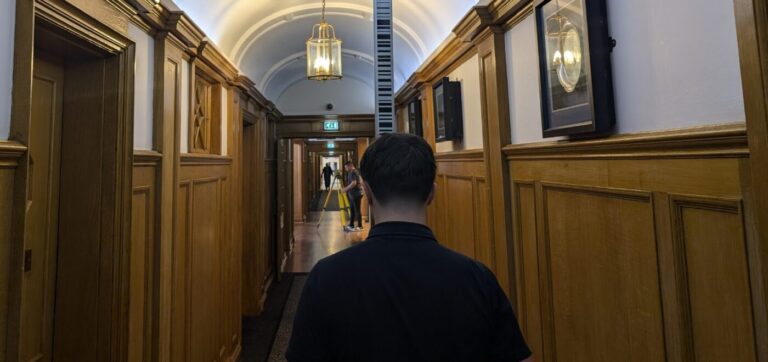The decarbonisation and partial redesign of heritage, or historic buildings, has become a hotly debated topic in recent years. Currently, over 25% of the United Kingdom’s residential properties are over 100 years old. It’s common knowledge that heating and energy bills have shot up in recent years. The cost of living crisis, along with the race to net zero, exemplify the reasons our heritage buildings must be adapted to suit the 21st century. Retrofitting these types of buildings ensures viable solutions to many key challengers for all sectors.
There is, of course, opposition to this type of work. In England alone, there are over 370,000 listed buildings. These buildings carry great historical importance, defined by their architecture and infrastructure. Many are in opposition to carrying out retrofitting work on heritage sites as it may bring structural change to long-standing work.
Many believe there is a trade-off between making heritage buildings more efficient and the restoration of the original building work. Is this the case, or is the maintenance and decarbonisation of heritage sites compatible? In this article, we will look at this as well as the reasons for decarbonising and the required actions.
WHY ARE WE DECARBONISING?
The Climate Change Committee reports buildings in the UK emit the second largest amount of CO2, second only to transport. Historic buildings, because of their age, may not be as energy efficient as their modern counterparts, often requiring more resources to heat, cool, and maintain. This increases their carbon footprint, contributing to greenhouse gas emissions that drive climate change.
The ‘Adapting Historic Building For Energy and Carbon Efficiency’ (Historic England) publication tells us ‘Our historic buildings must continue to change and evolve if they are to both contribute to a greener future and be fit for purpose for the people who live in, experience and care for them.’ The loss of such buildings to disrepair or lack of effort would deny future generations the opportunities to engage with them. By not decarbonising, we risk these buildings becoming futile and losing the reason they were built in the first place.
Net Zero targets are set for 2050. 80% of the homes in use at this time will already exist. This means roughly 23% will be over 100 years old, equating to over 7.5 million homes. It’s, therefore imperative heritage buildings are encompassed in retrofit schemes, and funding is allocated proportionally.
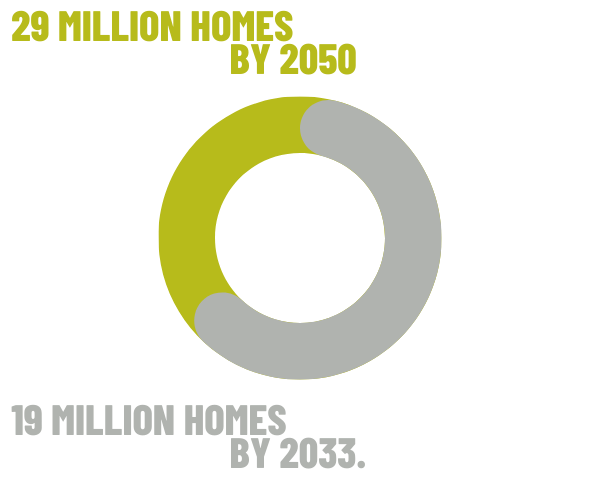
HOW ARE WE DECARBONISING?
UNDERSTANDING THE BUILDING
One of the most significant steps when decarbonising a heritage site is understanding the specified building. Factors like date built, situation, surrounding buildings as well as interior and exterior design all play a key role in this. Historic England defines this approach in the following ways:
- The whole building approach – exploring a building’s full context to find a range of solutions.
- Understanding how a building performs – gaining knowledge of factors including design, construction, engineering, use and maintenance.
- Understanding a building’s significance – how a building affects its environment and legacy e.g. terraced housing.
- Prioritising proportionate, effective and sustainable interventions – poor maintenance can have significant negative effects on characteristics such as thermal performance through dampness etc.
- Minimise harm and risk of maladaptation – understanding how a building performs to reduce the change of poor practice, including some retrofit techniques.
THE IMPORTANCE OF RETROFITTING
Retrofit work is helping to redesign heritage buildings, making them more efficient and sustainable, with the aim of preserving their architectural legacy. You can read about the retrofit process here.
But how exactly is the retrofitting process having a positive impact on historic buildings?
- Heating, ventilation and air conditioning (HVAC) allow adjustments in temperature that help to optimise energy usage in a controllable environment.
- Using sustainable materials is helping reduce environmental impacts and promotes the circular economy.
- Promoting sustainable techniques can breathe new life into buildings. Renewable technologies can be fitted as part of a retrofit project that will have positive long-term impacts.
- Improving insulation greatly minimises energy loss and will help reduce energy bills as a result.
- Reducing energy consumption through modern solutions including LED lights and sensors.
Often, the first step involves upgrading the energy efficiency of these buildings in a way that respects their architectural integrity. Solutions like secondary glazing for windows, improved insulation using breathable materials, or the installation of efficient heating systems can significantly reduce a building’s carbon footprint. Each intervention must be made with respect for the original design and an eye on the future.
Beyond physical upgrades, decarbonisation also involves rethinking how these buildings are used and operated. Employing sustainable management practices, such as reducing energy use through smart systems and adopting renewable energy sources, can play a substantial role. It’s important to note this isn’t about altering what these buildings are. These upgrades enhance a building’s sustainability so they can continue to be enjoyed and utilised by all.
Achieving this delicate balance cannot happen in isolation. It requires the collaboration of conservationists, architects and engineers.
CONCLUSION
When looking at the decarbonisation of heritage buildings it’s important to have an eye on the long term future of the building, whilst maintaining the essence of the building. The reuse of such a huge percentage of building stock is having a real positive impact in many ways.
As part of the net zero economy, the decarbonisation process is also having a positive impact. According to the Energy & Climate Intelligence Unit the net zero economy stood at £74 billion at the start of 2024, with growth of 9% (compared to just 0.1% for the whole economy).
Ultimately, the importance of integrating modern sustainable practices in heritage buildings shouldn’t be underestimated. Maintaining the architectural design of a historic building, and the decarbonisation of it, is certainly compatible with the correct training. Processes like retrofitting shouldn’t be seen as a way of simply changing a building, but a way of ensuring their long-term functionality. As specialists in retrofits, we are always on hand to answer any questions you have. Are you looking for a quote for your retrofit project? Follow the form below, or contact us here. Our friendly and passionate team would love to hear from you!
